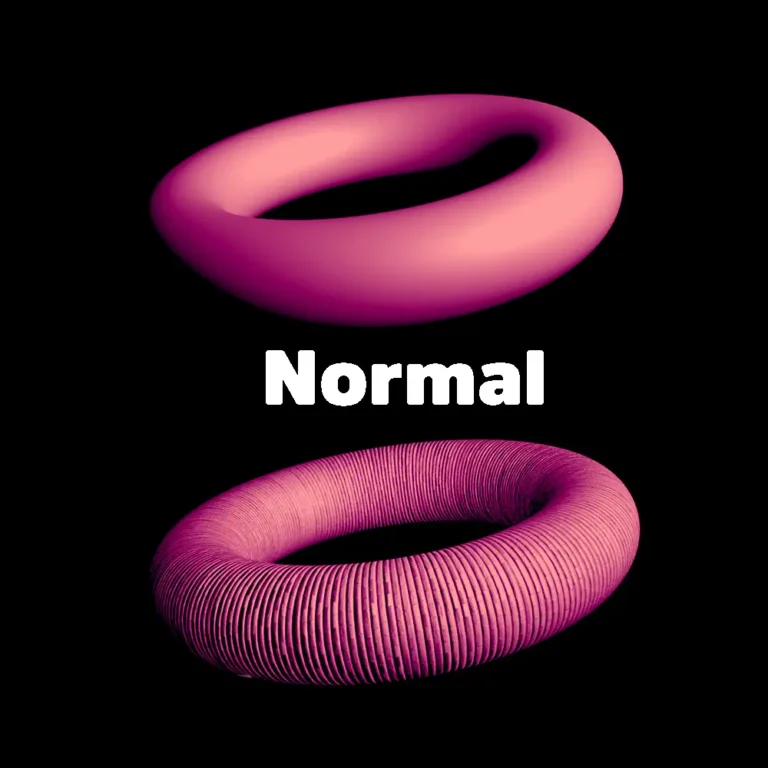Ask any artist out there about bump maps and normal maps, and they’ll surely say that these two kinds of maps contribute massively to the visual fidelity of 3D graphics and realism, whereas realistic surface details and texture could be simulated, without involving primitive simulation computational resources.
Bump maps
Bump maps determine the height offsets of objects in grayscale (with values ranging from 0 to 255). The term bump mapping comes from the fact that, in contrast to displacement mapping which would affect geometry, they give an impression of a change in normal direction. When light hits the surface of an object, it looks up the normal direction in a bump map, creating an illusion of relief in the viewer’s perspective.
They are, nonetheless, deprived of superior qualities. For instance, they are evaluated for reliefs along a single vector only; as such, they are inadequate for describing complex reliefs. Similarly, they do not change geometry and therefore maintain unchanged silhouettes, thus rendering their obvious artifice rather conspicuous to sudden viewing angles.
Bump maps have the advantages of being lightweight textures, which may also further be used in conjunction with other black-and-white textures like metalness and roughness. Perhaps best used for microreliefs or backgrounds, bump maps are just not up to the task when it comes to addressing more serious concerns.
Normal maps
Unlike bump maps, normal maps encode normal direction information at every pixel in all RGB channels. The light behave-ing data is going to get adjusted, in conjunction with the normal maps, to appear to simulate surface roughness, while not accounting for any geometry of this object. This translates into providing a means of creating a very realistic relief without the costs of additional polygons, and furthermore gives relief in rendering by way of less CPU and GPU loading.
Normal maps cannot and must not ever replace the pure-ly giant realness of displacement maps for total cinematic production, and they cannot alter the silhouette of an object discontinuously; their standing is steadfast with utmost serviceability and efficacy toward surface realness in game development.
Without any doubt, bump maps and normal maps both play a fundamental role in creating an all-encompassing virtual environment.
